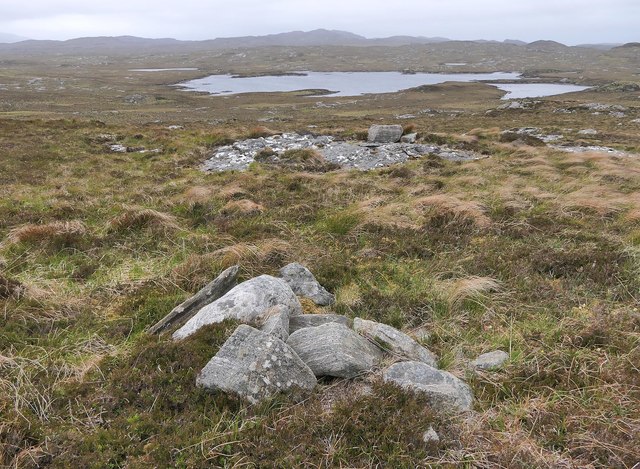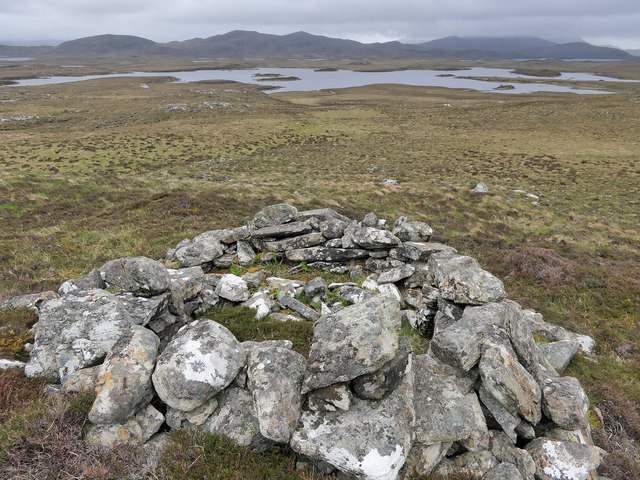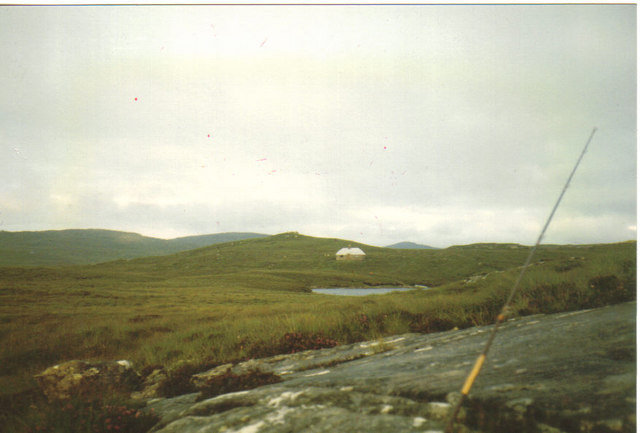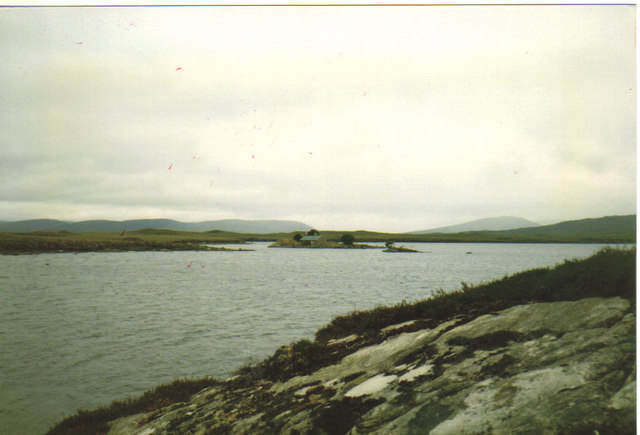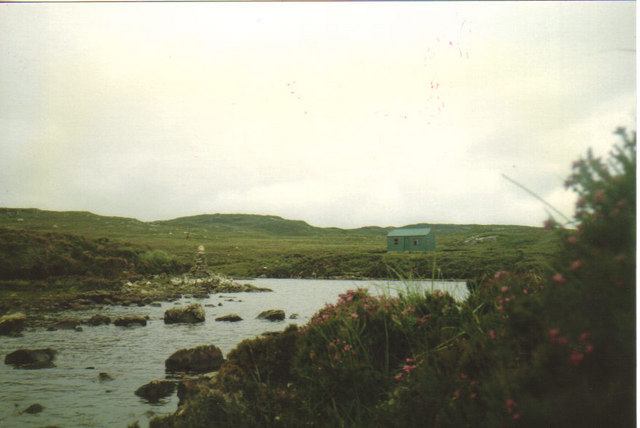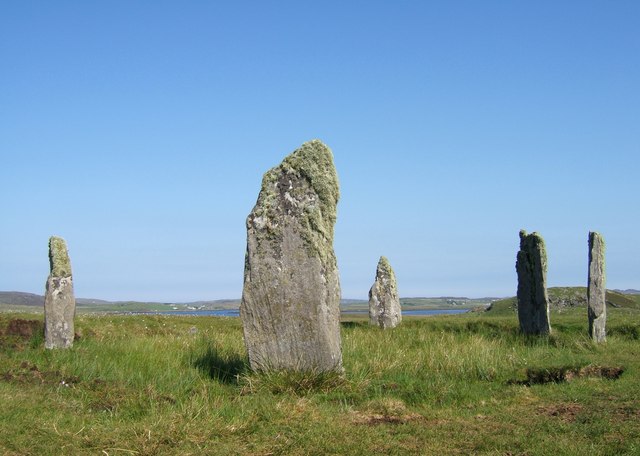Loch an t-Slios
Lake, Pool, Pond, Freshwater Marsh in Ross-shire
Scotland
Loch an t-Slios
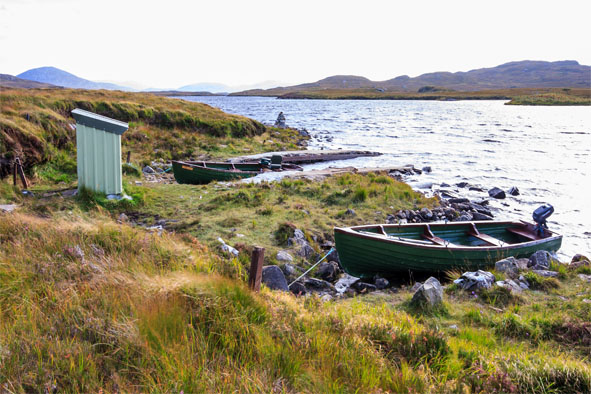
Loch an t-Slios, located in Ross-shire, Scotland, is a picturesque freshwater loch encompassing an area of approximately 2 square kilometers. Nestled amidst rolling hills and surrounded by lush vegetation, it is an enchanting natural feature within the Scottish Highlands. The loch's name, Loch an t-Slios, translates to "Lake of the Side" in English, referring to its location on the side of a hill.
With its crystal-clear waters, Loch an t-Slios is a haven for various aquatic species. The loch supports a diverse ecosystem, teeming with fish such as brown trout and pike. Additionally, the abundance of insects and other invertebrates make it an ideal habitat for a variety of bird species, including herons, ducks, and grebes.
The surrounding area of Loch an t-Slios is characterized by a mix of marshland and woodland. A freshwater marsh, known as a wetland habitat, can be found along the loch's edge. These marshes provide a crucial breeding ground and feeding area for numerous amphibians, including frogs and newts. The marshland also offers a refuge for a wide range of plant species, such as reeds, water lilies, and various grasses.
Loch an t-Slios attracts visitors throughout the year, who come to admire its natural beauty and engage in recreational activities. Fishing enthusiasts flock to the loch, eager to cast their lines and catch the plentiful fish. Nature lovers and birdwatchers are drawn to the area to observe the diverse birdlife that calls the loch home.
Overall, Loch an t-Slios is a captivating freshwater feature, offering a serene and idyllic landscape that showcases the rich biodiversity of the Scottish Highlands.
If you have any feedback on the listing, please let us know in the comments section below.
Loch an t-Slios Images
Images are sourced within 2km of 58.123291/-6.7359214 or Grid Reference NB2124. Thanks to Geograph Open Source API. All images are credited.
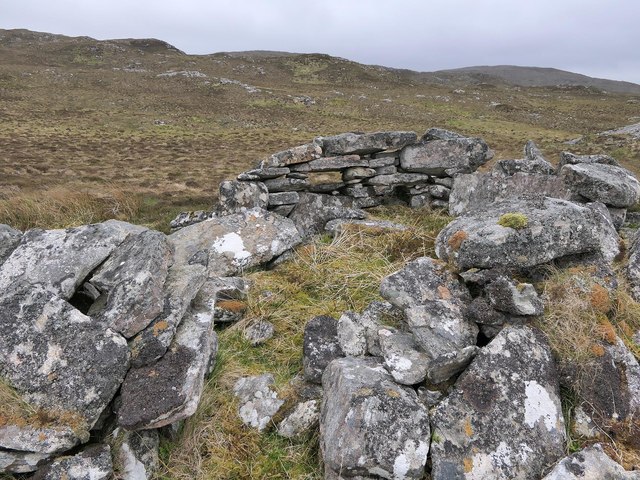
Loch an t-Slios is located at Grid Ref: NB2124 (Lat: 58.123291, Lng: -6.7359214)
Unitary Authority: Na h-Eileanan an Iar
Police Authority: Highlands and Islands
What 3 Words
///lame.streaking.cloak. Near Leurbost, Na h-Eileanan Siar
Nearby Locations
Related Wikis
Eilean Mòr, Loch Langavat
Eilean Mòr is an island in Loch Langavat on the Isle of Lewis in the Outer Hebrides of Scotland. == Footnotes ==
Callanish IV
The Callanish IV stone circle (Scottish Gaelic: Ceann Hulavig) is one of many megalithic structures around the better-known (and larger) Calanais I on...
Garynahine
Garynahine (Scottish Gaelic: Gearraidh na h-aibhne) is a settlement on Lewis, in the Outer Hebrides, Scotland. Garynahine is situated at a T-junction where...
Garynahine Estate
Garynahine Estate (Scottish Gaelic: Gearraidh na h-aibhne) in Garynahine, a village on the Isle of Lewis, Outer Hebrides was owned by Sir James Matheson...
Have you been to Loch an t-Slios?
Leave your review of Loch an t-Slios below (or comments, questions and feedback).
